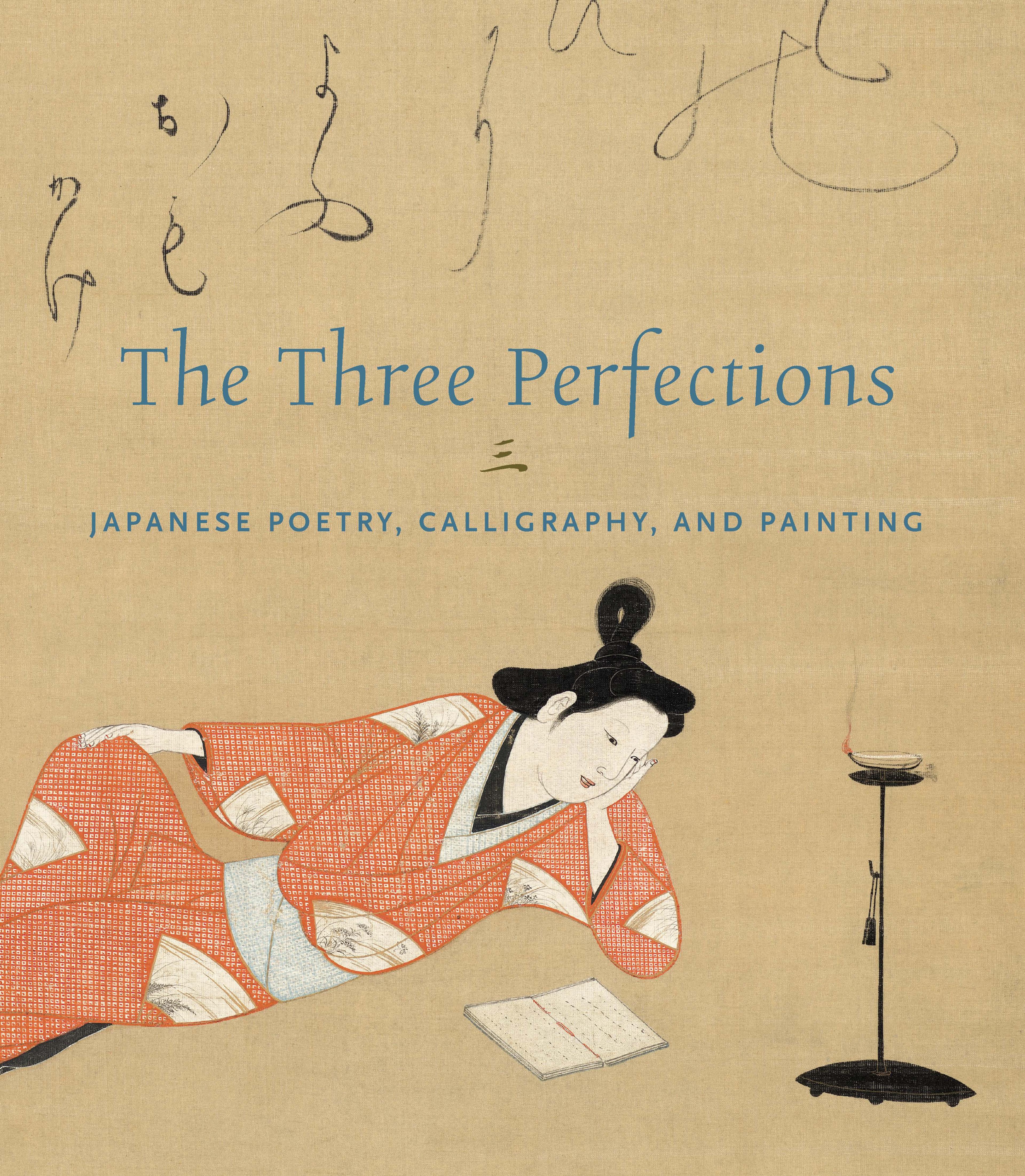Three Poems from Poetry in the Three Styles (Santai shi)
A revival of ancient brush-writing techniques flourished beginning in the seventeenth century and was known as the Daishi lineage. This handscroll, rendered by the samurai and master calligrapher Okamoto Hansuke, evokes the style of Monk Kūkai (774–835), who founded the Shingon sect of Esoteric Buddhism. Hansuke selected poems about Buddhist and Daoist sanctuaries from Poetry in Three Styles, an anthology of poetry of the Tang dynasty (618–907) compiled in 1250.
Artwork Details
- 岡本半助筆 『三体詩』 三首
- Title:Three Poems from Poetry in the Three Styles (Santai shi)
- Artist:Okamoto Hansuke (Mumei) (Japanese, 1575–1657)
- Period:Edo period (1615–1868)
- Date:1640
- Culture:Japan
- Medium:Handscroll: ink on paper decorated in color
- Dimensions:Image: 12 1/8 in. × 11 ft. 3 7/8 in. (30.8 × 345.2 cm)
Overall with mounting: 12 7/8 in. × 11 ft. 10 1/8 in. (32.7 × 361 cm)
Image (Front page): 12 1/8 × 7 1/4 in. (30.8 × 18.4 cm)
Image (Sheet 1): 12 1/8 × 32 5/16 in. (30.8 × 82 cm)
Image (Sheet 2): 12 1/8 × 35 1/16 in. (30.8 × 89 cm)
Image (Sheet 3): 12 1/8 × 35 1/8 in. (30.8 × 89.2 cm)
Image (Sheet 4): 12 1/8 × 34 1/2 in. (30.8 × 87.6 cm) - Classification:Calligraphy
- Credit Line:Mary and Cheney Cowles Collection, Gift of Mary and Cheney Cowles, 2023
- Object Number:2023.583.10
- Curatorial Department: Asian Art
More Artwork
Research Resources
The Met provides unparalleled resources for research and welcomes an international community of students and scholars. The Met's Open Access API is where creators and researchers can connect to the The Met collection. Open Access data and public domain images are available for unrestricted commercial and noncommercial use without permission or fee.
To request images under copyright and other restrictions, please use this Image Request form.
Feedback
We continue to research and examine historical and cultural context for objects in The Met collection. If you have comments or questions about this object record, please contact us using the form below. The Museum looks forward to receiving your comments.
